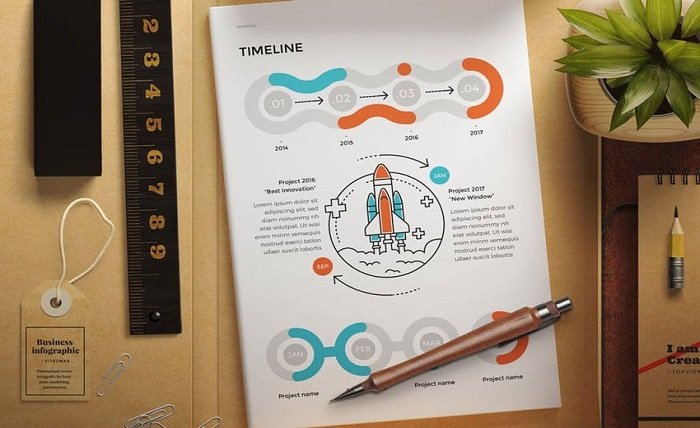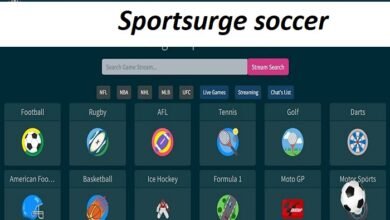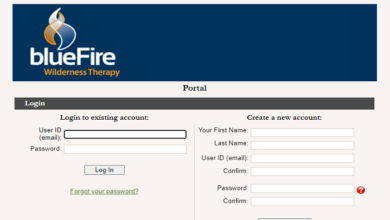The Ultimate Guide to Template Infografis: How to Use and Create Stunning Visual Content

Introduction
Infographics are one of the most effective ways to communicate complex information quickly and visually. Whether for marketing, education, or business, infographics help break down data into digestible, engaging pieces. However, not everyone has the time or resources to create unique designs from scratch. That’s where template infografis comes into play. By using pre-designed templates, you can craft stunning infographics in a fraction of the time. In this guide, we will explore the benefits of template infografis, how to use them effectively, and the best tools and tips for creating infographics that leave an impression.
What Are Template Infografis?
Template infografis are pre-designed layouts used to create infographics quickly and easily. These templates include placeholders for text, images, and icons, which you can customize to suit your message. They are available in various formats, including vertical, horizontal, and even animated styles. Template infografis are particularly useful for businesses and individuals who want to produce professional-looking visual content without needing advanced graphic design skills.
These templates can be adapted for a wide range of uses, such as explaining a process, comparing data, or telling a story. With a template infografis, you can convey information in a visually appealing and organized way, making it easier for your audience to understand and retain the information.
The Benefits of Using Template Infografis
There are numerous benefits to using template infografis for your content strategy. First and foremost, they save you time and effort. Instead of starting from scratch, you can work with a pre-designed structure that is easy to modify. This means you can produce high-quality infographics in a fraction of the time it would take to design one manually.
Another key advantage is accessibility. Template infografis are user-friendly, even for those with minimal design experience. Most platforms offer drag-and-drop functionality, so you don’t need to be a graphic designer to create professional-looking infographics. This makes them a great choice for small businesses, startups, and even educators who want to engage their audience with visual content.
Additionally, template infografis offer consistency. By using a template, you ensure that your designs have a cohesive style, making them look polished and professional. This consistency helps build brand recognition and improves the overall user experience.
Types of Template Infografis
When choosing a template infografis, it’s essential to consider the type of infographic that best suits your needs. There are several popular types of templates to choose from:
-
Statistical Infographics: These templates are perfect for displaying data and statistics. They often include bar charts, pie charts, and graphs to visualize numbers and trends.
-
Process Infographics: These templates guide the viewer through a process or series of steps. They are often used for instructional content or how-to guides.
-
Comparative Infographics: Ideal for comparing two or more items, these templates often feature side-by-side visuals or comparison charts.
-
Timeline Infographics: Perfect for illustrating the progression of events over time. These templates typically feature a linear design with milestones or key dates.
-
Geographic Infographics: These templates are used to present location-based data or visualizations involving maps or geographical information.
Each type of template infografis serves a specific purpose, so it’s essential to select the one that best communicates your message.
How to Choose the Right Template Infografis for Your Content
Choosing the right template infografis depends on several factors, including your target audience, the information you want to convey, and the platform where the infographic will be shared. Here are some tips for selecting the perfect template:
-
Know Your Audience: Consider the preferences and expectations of your target audience. For example, if you’re creating content for a professional audience, you may want to opt for a more formal, data-driven template. On the other hand, if you’re targeting a younger audience, you may prefer a more playful and colorful design.
-
Match the Message to the Template: Ensure the template you choose aligns with the type of information you’re sharing. For example, if you’re sharing a historical timeline, a timeline infographic template will work best. If you’re comparing products, a comparative template is ideal.
-
Keep Branding in Mind: Choose a template that aligns with your brand’s colors, fonts, and overall aesthetic. Customizing the colors and fonts within the template ensures that the infographic reflects your brand identity.
-
Consider the Platform: Different platforms may require different infographic dimensions. Make sure the template you choose is the correct size for the platform where you’ll be sharing it.
Best Tools for Creating Template Infografis
Several online tools allow you to create stunning template infografis with ease. Here are some of the best tools available:
-
Canva: One of the most popular platforms for creating infographics, Canva offers a wide range of template infografis. With its drag-and-drop functionality and customizable templates, it’s perfect for beginners and professionals alike.
-
Venngage: Venngage offers an extensive library of infographic templates, from business-related designs to creative templates. Their easy-to-use interface allows for quick customization.
-
Piktochart: Piktochart offers a selection of templates for creating both static and interactive infographics. Their templates are especially suited for educational and business purposes.
-
Visme: Visme offers customizable infographic templates with a focus on data visualization. It’s a great option for businesses that need to present data in an engaging way.
-
Adobe Express: For those who need more advanced design capabilities, Adobe Express (formerly Adobe Spark) offers a range of templates, plus the ability to fully customize the design.
These tools make it easy to access and customize template infografis, whether you’re creating them for social media, blog posts, presentations, or print materials.
Tips for Customizing Template Infografis
Once you’ve chosen your template infografis, the next step is to customize it to fit your needs. Here are some tips to help you make the most of your template:
-
Use Brand Colors and Fonts: Incorporating your brand colors and fonts will give your infographic a professional and cohesive look. Many infographic tools, such as Canva, allow you to upload your brand’s color palette for easy access.
-
Keep it Simple: Don’t overcrowd the template with too much information. Stick to the most important points and use visuals to break up the text. The goal is to make the information easily digestible.
-
Optimize for Readability: Choose clear, legible fonts and ensure the text is large enough to be easily read. Use headings and bullet points to structure the information in a way that’s easy to follow.
-
Incorporate Engaging Visuals: Visual elements like icons, charts, and images help break up the text and make the infographic more engaging. Ensure that the visuals you use are relevant to the content.
-
Test the Layout: Before finalizing your infographic, test the layout to make sure everything is aligned and visually appealing. Adjust spacing and margins as needed to ensure that the design looks polished.
Common Mistakes to Avoid When Using Template Infografis
While template infografis are an excellent tool for creating visually appealing content, there are a few common mistakes to watch out for:
-
Overloading the Template: It’s easy to be tempted to add too much information, but doing so can make your infographic cluttered and hard to read. Stick to the essentials and focus on key points.
-
Choosing the Wrong Template: Not all templates are suitable for every type of content. Make sure the template you choose aligns with the type of information you’re presenting.
-
Inconsistent Branding: Failing to adjust the colors, fonts, and other design elements to match your brand can result in an infographic that feels disjointed. Consistency is key to maintaining a professional appearance.
-
Ignoring Mobile Optimization: Many users will view your infographic on mobile devices, so it’s important to ensure your design is mobile-friendly. Ensure that text is readable and that the layout adapts well to smaller screens.
-
Using Low-Quality Visuals: Avoid using pixelated or low-quality images and icons. High-quality visuals are essential for maintaining a polished, professional look.
By avoiding these common pitfalls, you can create template infografis that are both effective and visually appealing.
Conclusion
Incorporating template infografis into your content strategy can save you time, enhance your message, and engage your audience in a powerful way. Whether you’re creating infographics for social media, blogs, or presentations, templates provide a quick and easy solution to produce visually stunning results. With the right tools, tips, and customization, you can create infographics that not only look professional but also communicate your message effectively. Remember to avoid common mistakes and tailor your template infografis to suit your brand, audience, and platform.
FAQs
-
What is a template infografis? A template infografis is a pre-designed layout that you can customize with your content to create infographics quickly and easily.
-
How do I choose the best template for my infographic? Consider factors such as your target audience, the type of content you’re presenting, your brand style, and the platform where you’ll be sharing the infographic.
-
Can I use a template infografis for free? Many tools offer free templates, though some premium features or templates may require a paid subscription.
-
Do I need design skills to create a good infographic? No, template infografis are designed to be user-friendly and customizable, even for those with minimal design experience.
-
How can I make my infographic more engaging? Keep your design simple, use high-quality visuals, stick to key points, and ensure readability across devices.




